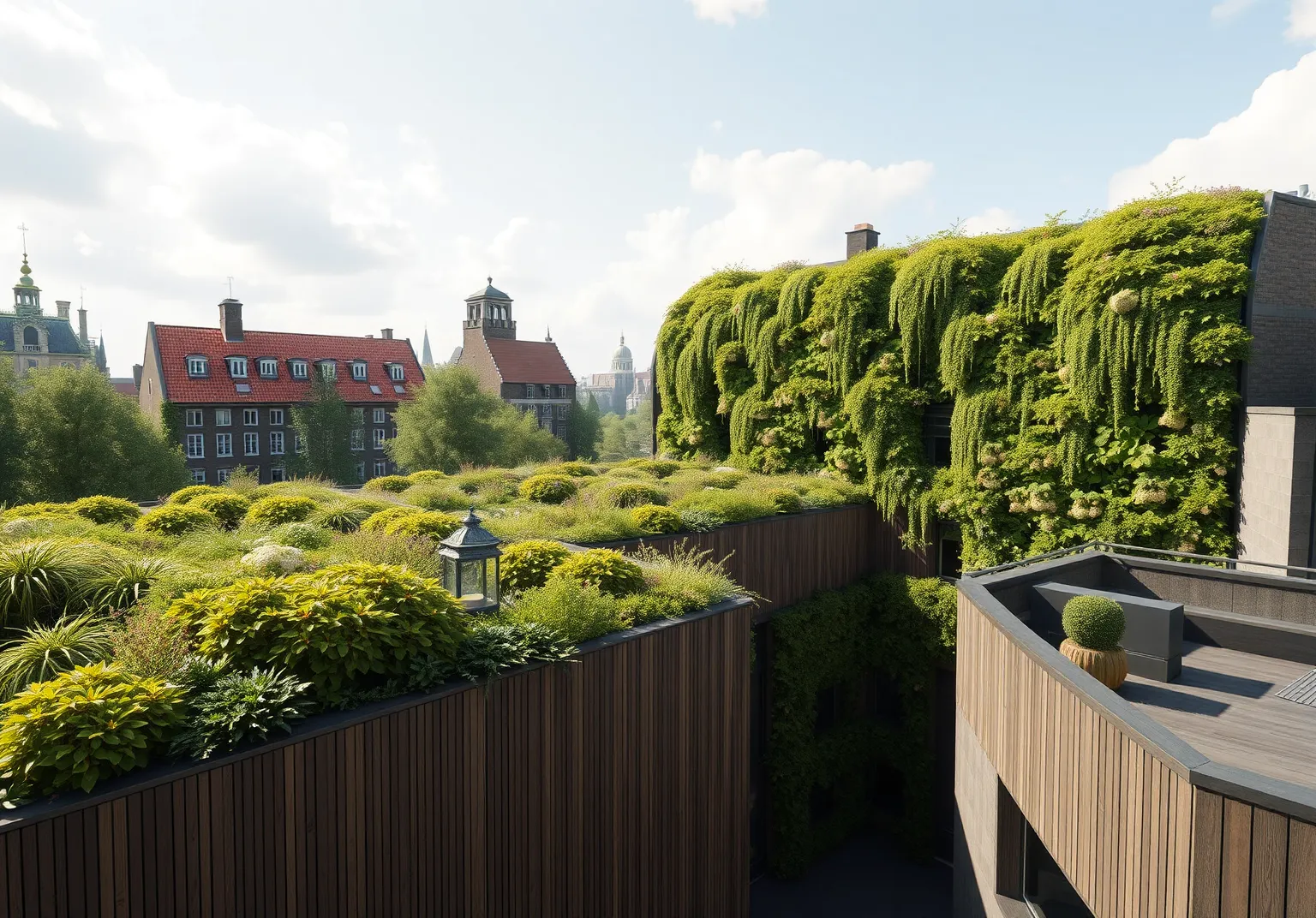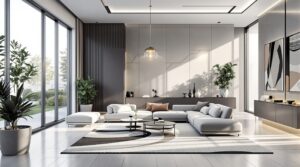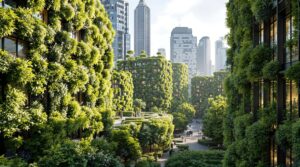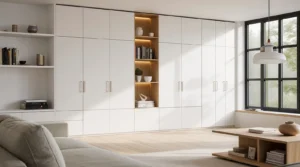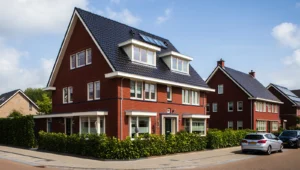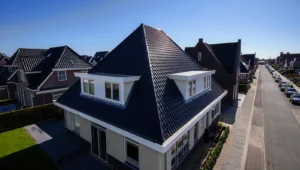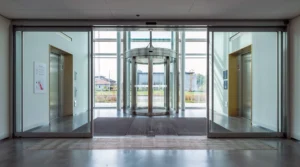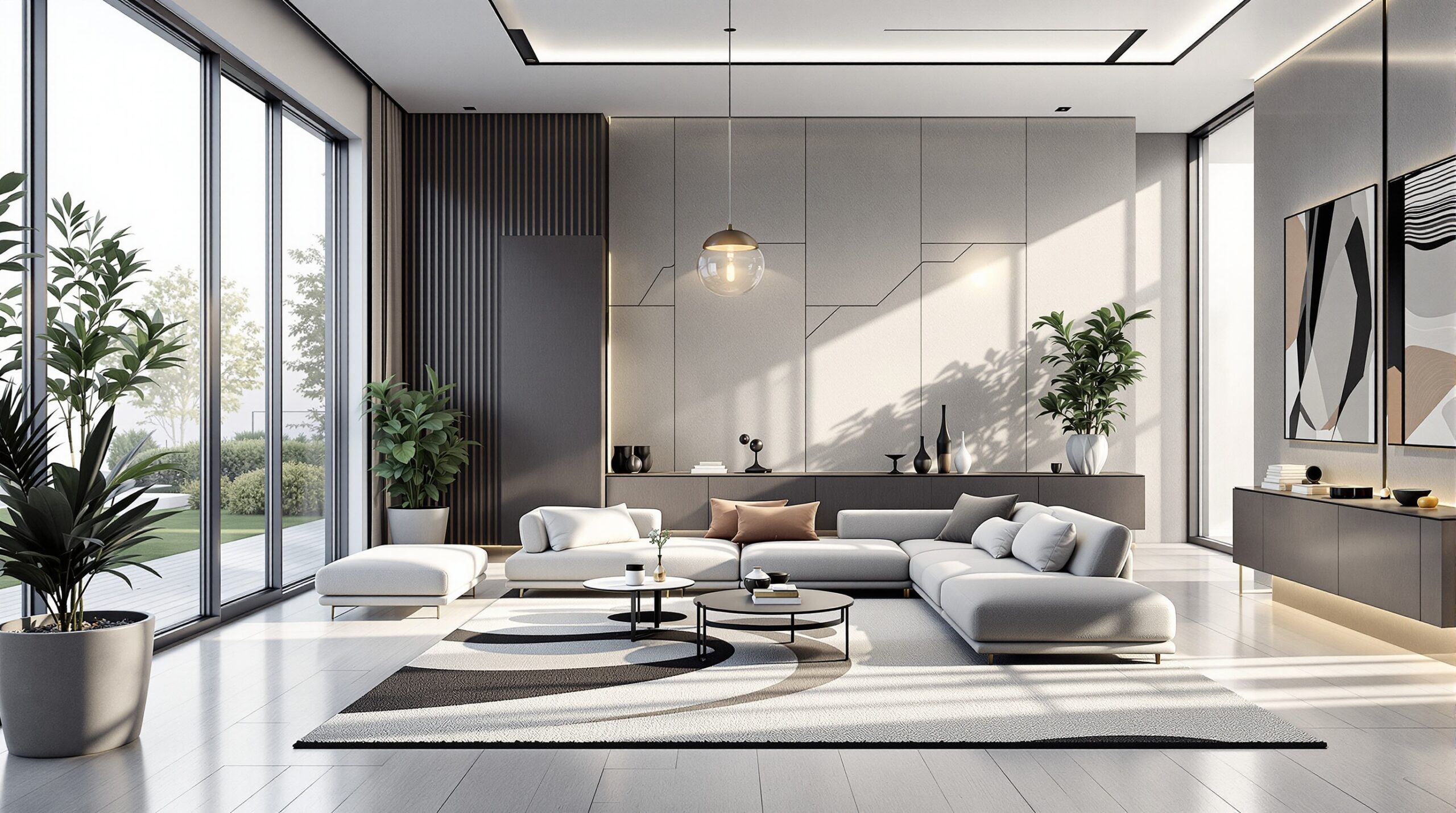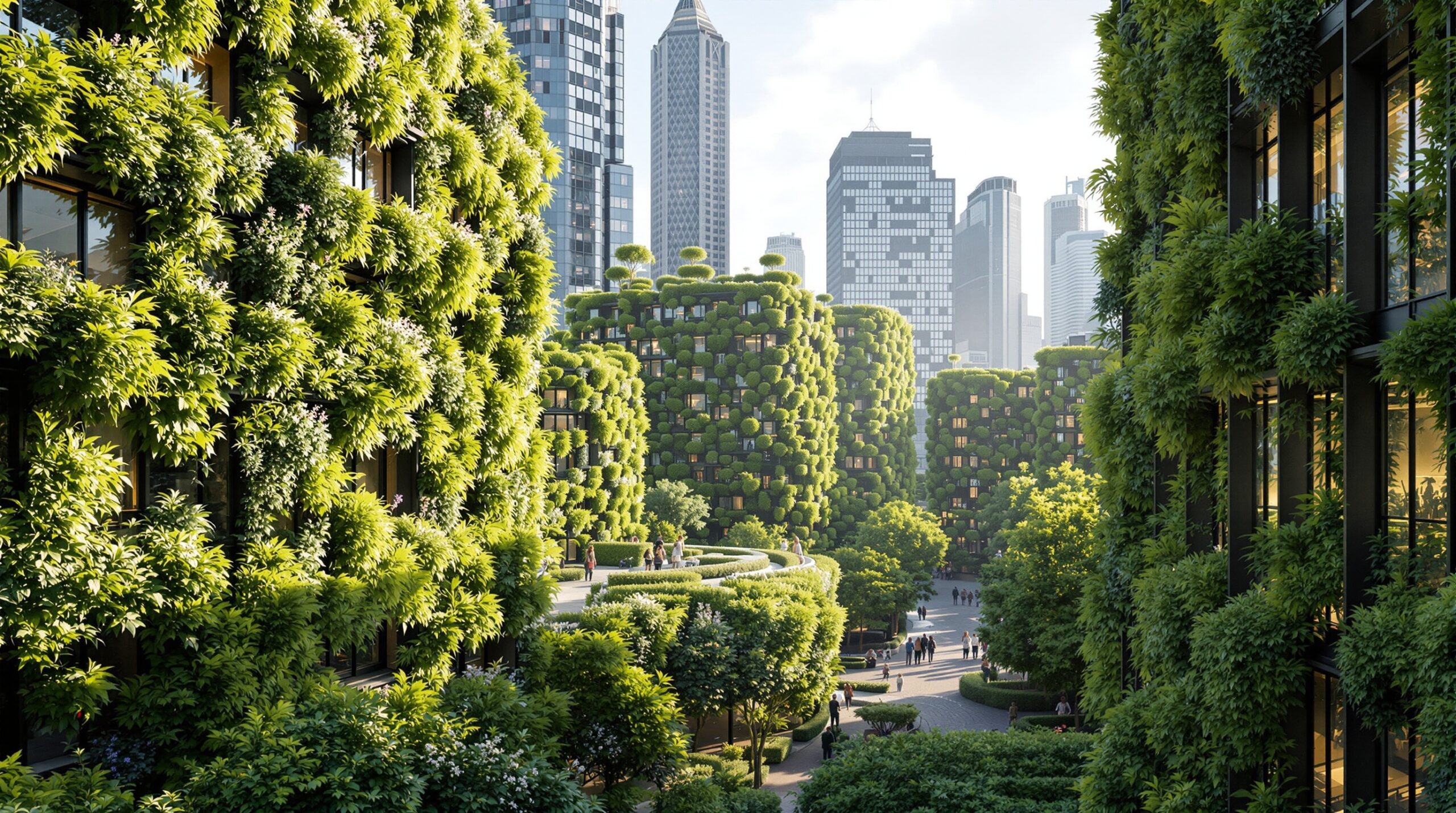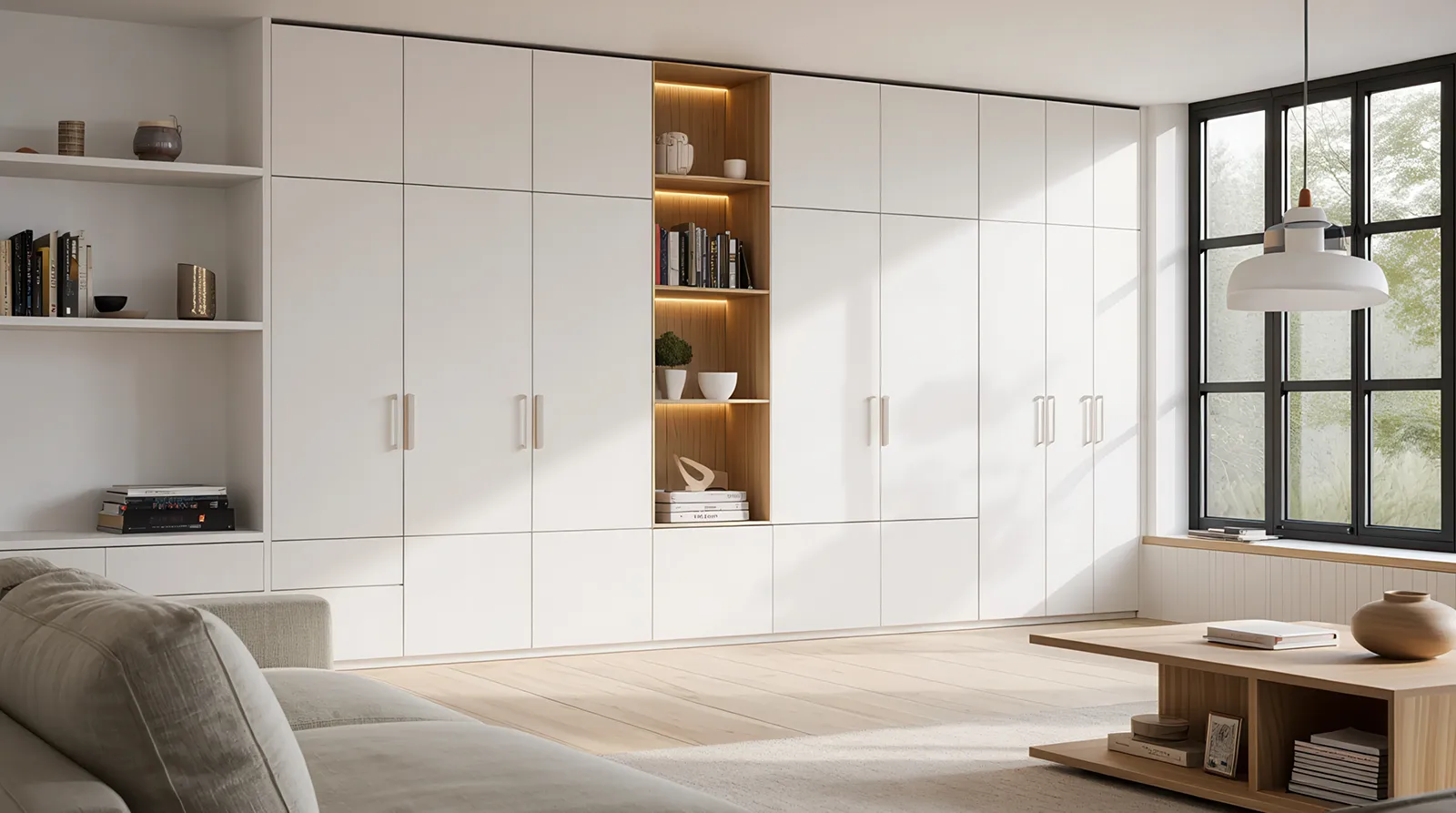Green Roofs and Living Walls – Dutch Eco-Building Trends
The Netherlands is a global leader in sustainable architecture, known for its innovative solutions to urban challenges. Among these, green roofs and living walls have emerged as key trends in Dutch eco-building practices. These features reflect a broader commitment to sustainability, climate resilience, and urban greening. From improving air quality to enhancing energy efficiency, green roofs and living walls offer numerous environmental and social benefits. This article explores the rise of these eco-friendly installations in the Netherlands, detailing their advantages, adoption, and impact on urban landscapes.
Green Roofs in the Netherlands
Benefits and Adoption
Green roofs have become increasingly popular across the Netherlands, addressing multiple urban challenges while adding a layer of greenery to buildings. They are designed to retain water, absorb pollutants, and provide natural cooling, making them highly effective in improving urban sustainability.
- Water Management: Green roofs play a crucial role in managing stormwater runoff, a significant issue in a country known for its advanced water systems. By absorbing rainwater, they reduce pressure on drainage systems and help prevent flooding.
- Improved Air Quality: The vegetation on green roofs helps filter pollutants and improve overall air quality, benefiting densely populated urban areas.
- Biodiversity Boost: Green roofs provide habitats for birds, insects, and other wildlife, increasing biodiversity in urban settings.
- Mitigating the Urban Heat Island Effect: By absorbing sunlight and reducing surface temperatures, green roofs help lower the urban heat island effect, making cities cooler and more comfortable.
These benefits have led to widespread adoption of green roofs in Dutch cities, with many municipalities actively supporting their installation through subsidies and other incentives.
Government Support
The Dutch government has been proactive in promoting green roofs as part of its broader climate resilience strategy. Cities like Rotterdam, Amsterdam, and Utrecht offer financial incentives to encourage building owners to install green roofs, seeing them as a crucial element in urban planning.
- Rotterdam: Rotterdam has ambitious goals for expanding green roof coverage. The city views green roofs as vital for climate adaptation, offering subsidies to make installation more affordable for homeowners and businesses.
- Amsterdam: Amsterdam’s green roof initiatives are part of its effort to become climate-neutral by 2050, with funding available to support green infrastructure projects.
- Utrecht: Utrecht also promotes green roofs as part of its sustainability strategy, providing financial support for projects that contribute to urban greening and water management.
This strong government support has accelerated the growth of green roofs in the Netherlands, making them a common sight in urban areas.
Materials and Innovation
The Netherlands is at the forefront of innovation in green roof materials, focusing on biobased and circular materials that enhance the environmental benefits of these installations. Companies like Earthkweek and Babylon Daken are leading the shift towards 100% biobased roofs, which aim to replace traditional materials with sustainable alternatives.
- Biobased Materials: These include materials made from organic sources like hemp, jute, and other renewable resources, reducing the carbon footprint of green roofs.
- Circular Construction: Circular construction principles are applied to ensure that materials used for green roofs can be recycled and reused, aligning with the Netherlands’ commitment to a circular economy.
By integrating sustainable materials and innovative techniques, green roofs not only provide environmental benefits but also support the country’s broader eco-friendly construction goals.
Living Walls in Dutch Architecture
Energy Efficiency and Climate Adaptation
Living walls, or vertical gardens, are another significant trend in Dutch eco-building. These green installations consist of vertically growing plants that are integrated into the exterior or interior walls of buildings. Beyond their aesthetic appeal, living walls offer practical benefits that enhance building performance and urban resilience.
- Natural Insulation: Living walls act as natural insulators, reducing heat absorption during summer and heat loss during winter. This reduces the need for artificial cooling and heating, making buildings more energy-efficient.
- Cooling Benefits: Studies show that living walls can cut cooling energy consumption by up to 50%, a critical advantage in urban areas facing rising temperatures due to climate change.
- Climate Adaptation: Like green roofs, living walls help absorb rainwater and reduce the urban heat island effect, contributing to overall climate resilience in cities.
While living walls offer significant benefits, their adoption in the Netherlands has been slower than that of green roofs. However, as awareness of their advantages grows, more cities are incorporating living walls into their sustainability strategies.
Implementation Challenges
Despite their benefits, living walls face several challenges that have limited their widespread adoption in the Netherlands.
- Installation and Maintenance Costs: The initial cost of installation, along with ongoing maintenance requirements, can be higher for living walls compared to green roofs, making them less accessible to some property owners.
- Building Suitability: The effectiveness of living walls can vary depending on factors like building height, wall orientation, and local climate conditions, which can complicate their implementation.
However, cities like Rotterdam are beginning to embrace living walls as part of broader urban greening strategies, recognizing their potential to enhance sustainability and improve urban living conditions.
The Future of Urban Greening in the Netherlands
As cities continue to grow and climate challenges intensify, green roofs and living walls are expected to play an even more significant role in Dutch urban development. These eco-building trends not only contribute to the Netherlands’ sustainability goals but also enhance the quality of urban life by improving air quality, increasing biodiversity, and providing natural insulation.
The combination of government support, innovative materials, and growing public awareness suggests a bright future for green roofs and living walls in Dutch architecture. As the country continues to lead in sustainable urban design, these features will likely become standard components of new buildings and renovation projects, setting a global example for eco-friendly construction.
Conclusion
Green roofs and living walls are not just trends—they are integral components of a sustainable urban future in the Netherlands. By addressing key issues like water management, air quality, and energy efficiency, these features help create resilient cities that are better equipped to handle climate change. With strong government backing, ongoing innovation, and increasing adoption, green roofs and living walls are shaping the Dutch urban landscape for the better.

